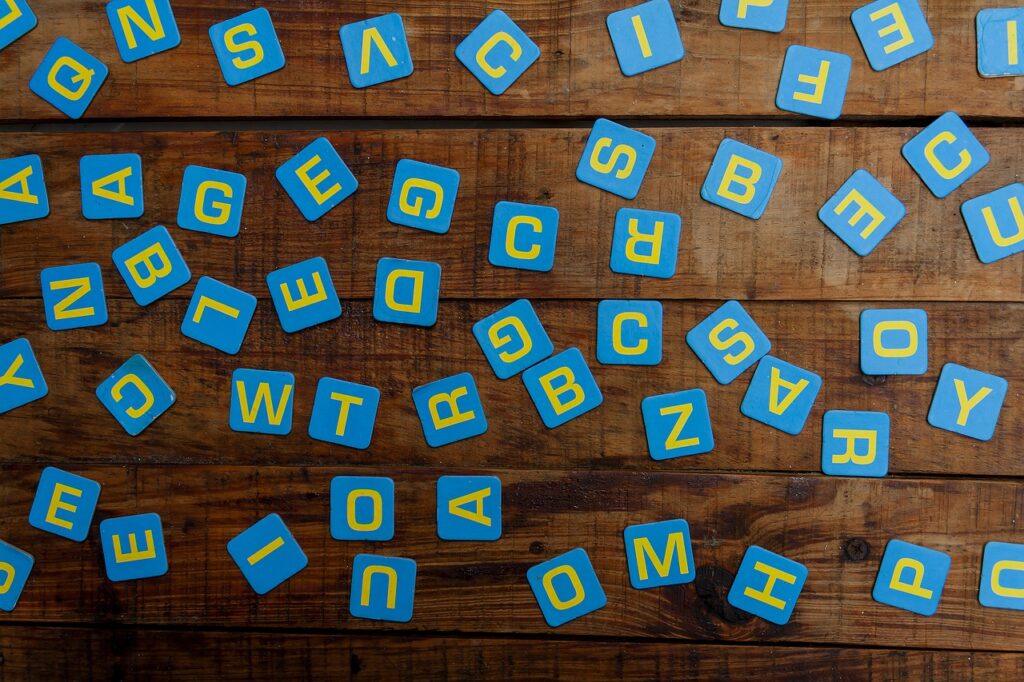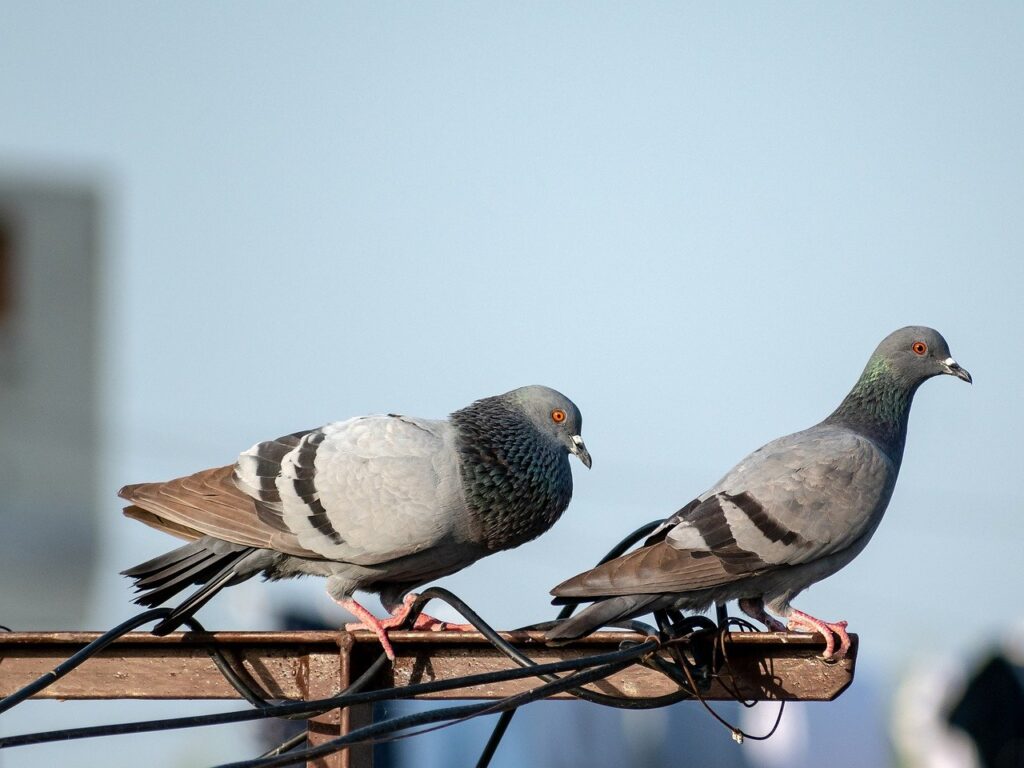This is the second installment in a three-part series Authors Talk by Mackenzie Polonyi.
Transcript:
Welcome to the second part of my series. I will talk now about magánhangzók, or vowels.
In Post-Volcanic Folk Tales, I sculpt portals from vowels, particularly A, which occurs thrice in my
grandmother’s first name, and O, which is a poetic Apostrophe; a figure or integer of address.
In her Literary Hub interview with Michael Prior, entitled ‘I Trust Nothing But Music,’ Valzhyna Mort writes of apostrophe: ‘There is an intense connection between the experience of dislocation and apostrophe. It’s an address at a safe distance. Unlike other forms of address, apostrophe talks to somebody or something but doesn’t really want to receive an answer, at least not an answer made of words.’
Michael Prior writes: ‘Apostrophe is closely related to prayer – and can be form of consolation – active, a way to speak to and of people and places lost.’
In Hungarian language, O has four variations (including the original), differing by diacritical markings: O, Ó, Ö, Ő.
For me, my mother-language’s four O’s are cardinal directions or the absence of. They are generations of feathering throats. All together, they form a compass made from a string quartet of circular vowels (soundholes of resonance chambers) but the compass is broken. A weather vane, but the weather vane is broken. An answer made of words, there is no such thing.
I write, for example, throughout Post-Volcanic Folk Tales:
‘O umbilical chord’
‘O stone ruins cob-webbing my sternum,
O sacral orchards erupting pedunculate oak,
O fossa echoic with ubiquitous dog-song’
‘O sunflower’
‘O sheaves of wheat O wetland reeds’
‘O glucose of oak’
‘O cipher O stuck note’
‘O blood-whisperings’
‘O her’
I reach out for, towards: anatomy, landscape, place, environment, rural village, architectonics, beloveds, sugar of the blood, arterial-venous-capillary plaits of the circulatory system, ecological music. I cast my telluric prayers. I endeavor to console. But to console what or whom? My grandmother? Her many selves, shadows, hackled-angels, wounds? To console land we are hurting
‘a pikeperch skeleton haunting a poisoned river,
punishing gold miners with temporary gills,
swished its hour hand tail,’
land I love? To console my mother? Myself? Eldest or only daughters of diaspora, tasked with archiving, preservation of tongue, scriptotherapy, caretaking, cycle-breaking? The libraries of wolf-birds we are? I reach out for the only language left after dementia took unyielding insurmountable hold of my house: music.
O, an object, is a mirror, a window, a keyhole. An eye, a mouth, a navel, a grape, a gate, a star, a moon, a sun, a whole note, a birth canal. O is entrance, exit, crater or vent of volcano. The diacritical markings: antennae, beaks, wings, knitting pins, binary star systems, ash clouds, umbilical cords, cuspid teeth.
A is another portal-vowel. Arrow, roost or nest, fang, bull or ox, sky-ladder, soil-ladder. A allows for my hopping from time to time to time, place to place to place, poem to poem to poem. Using the trinity of A’s in my grandmother’s name, each A being a compartment for pigeon nests or funerary urns, I portal into: A volcaniclastic lake formed in an abandoned millstone quarry (or the absence of it), a sessile oak forest from which botrytized wine casks are made of (or the absence of it), a subcarpathian village orchestrating annual apricot fiestas (or absence of it).
I write recurrently about what I call an ‘inverted negative surface.’ Inverted is inside out, reversed, transposed, retrograde, backwards, turned back. According to The Oxford English Dictionary, negative is: absence, without, an absolute lack of something. In arithmetic, subtracted from or a quantity less than zero, denoting a direction of decrease or reversal; in photography, light and shade reversed from original; in physics (like a magnet), an electric charge carried by electrons, beckoning a positive charge (who or what am I calling upon and who or what is calling upon me?); in astrology, earth or water, passive in nature: soil and river.
Reading ‘inverted negative surface,’ one may initially understand that the surface is hyper-nonexistent, upturned, under, but in arithmetical operations (multiplication), two negatives make a positive, and in English grammatical operations, double negatives reveal an opposite meaning. Then, a surface (according to my own syntactic-semantic ‘equation’) that is both real and not real, material and immaterial, above and below, earth and sky. A and O are portals into amalgamated mythical realities. The grammatical lack of a comma between inverted and negative allows for multiple readings, multiple meanings.
In her Catapult essay, entitled Writing Letters To Mao, Jennifer S. Cheng questions: What does it mean to experience a history of trauma and blood in ephemeralities, in residue?
‘Knowledge in an immigrant household,’ she writes, ‘comes in tides that approach and recede.’ ‘There are always gaps and missing ghosts.’ ‘All the fear and protection and silence and love comes so mixed together, it would be a falsehood to separate them.’ For the child of an immigrant (or one raised like the child of an immigrant), ‘history,’ Jennifer writes, is ‘blurry, leaky, vague,’ a ‘specter.’ Involved are ‘complicated feelings of anger, curiosity, tenderness, intimacy.’ ‘There is so much I did not know,’ Jennifer continues, ‘and even if I asked questions, I never received a straightforward or comprehensive answer.’ ‘At some point, I decided that either my parents didn’t know much of their family narratives––a lineage misplaced among the turbulence––or they didn’t have the language, linguistically or emotionally, to communicate with me about it. As for so many children of immigrants, their lives came to me in little fragments and echoes that I collected in my palm like rainwater.’ I experienced what Jennifer has articulated here deeply, fully, precisely. The cupped palms of A. The bucket of O. Such rainwater-like fragments often require supplementary information. For a refugee with dementia, because of trauma, imperfections and limitations of memory, disease, displacement or dislocation, linguistic barriers, silence, archival holes, storytelling becomes tattered, honeycombed, frayed.
In my experience, for one raised like the child of a refugee, a true narrative, then, is only made truer, fleshier, by certain mythic or imaginative additions. The story of my relationship to my mother’s mother-country cannot be told truly without mythical inclusion, for along with research, how else can I fill the gaps hacked by shame, fear, borders, exile, violence, distance, and time? Home is real, a shape on a map, it has coordinates, it has airports and train stations, it has buses and trams, people live there, my family lives there, I have gone there. But, for me personally, home can also only be touched in my grandmother’s stories of it when I was a child. So, intricately, it is also a far-far-away. How does a daughter of diaspora who loves her language, land, gastronomic traditions, folk embroidery, folk music, thermal spa culture, and wine-growing culture, but is categorically ashamed of, revolted by, and in opposition to her home country’s political reality, its dictatorial, kleptocratic, propagandistic prime minister wielding misogynistic, homophobic, racist, anti-immigration rhetoric reconcile her longing for home while necessarily condemning violent political materialities (painfully similar to those within my birth country) of home itself?
Home is neither a matter of geography, nor graveyards; neither a matter of nation, nor nostalgia; neither a matter of tickets, nor time zones. It is more fabled, more relational, more private, more ineffable. I cannot name it myself, but I do get whiffs, whispers, glimmers of it: dirt vibrations, interoceptive and exteroceptive insight, uterine ambient nose, oven-warm candlelit magic of traditions. A is the only aircraft that can reach it (a dragon), O is the only worm-like phantom train.

